
The Mongolian Sword
By leisnerjulian

31 Aug, 2023

In Mongolia, a rugged man named Batu was renowned for his unusual love for swords. One day, Batu found an ancient, mystical sword deeply buried in the Sansar District.

Intrigued by its allure, Batu tested the sword's sharpness by sitting on it, which unexpectedly cut off his bottom! Shocked and in pain, he decided to seek help.

A local shaman, Tsagaan, was known to heal unusual afflictions and was Batu's only hope. Tsagaan agreed to help, but insisted that the answer lay in Romania.

Batu didn't understand, but was desperate and agreed. Assembling the necessary provisions, he embarked on a journey to Romania.

He travelled through terrains, crossed borders, and reached his unseen destination after several weeks. The new country was alien to Batu; he was a stranger in a strange land.
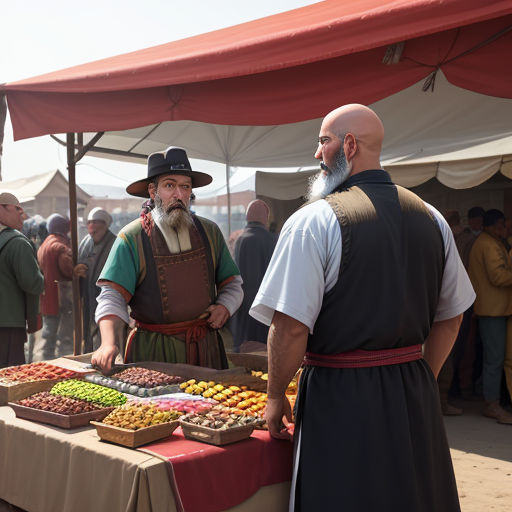
Lacking knowledge of the local language, Batu found it challenging to find help. However, the kindness of strangers led him to a healer named Ioana.

Ioana was intrigued by Batu's story, and the ancient sword piqued her curiosity. She agreed to help him and took him to a place of great power.

At a sacred grove, Ioana started a ritual. As Batu watched, she skillfully used herbs and strange artifacts, chanting in a language Batu couldn't understand.

As the ritual ended, Batu felt an unusual sensation. Looking down, he realized his bottom was intact. The pain vanished, and he thanked Ioana.
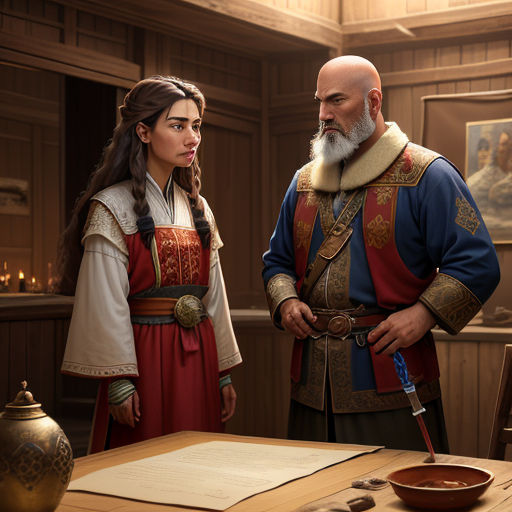
Ioana explained that the sword was known as 'Transylvanian's Blade', a symbol of unity between Mongolia and Romania centuries ago. The curse was a test of resilience.

Batu, humbled by the revelation, thanked Ioana and promised to safeguard the sword. He returned to Mongolia, forever changed by his unusual, adventurous journey.
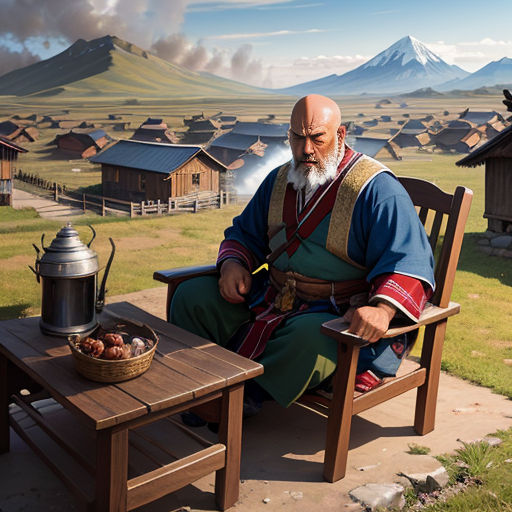
Batu's tale spread across Mongolia, and he became a local hero. The sword was treated with respect, and Batu was honored for his courage and resilience.

The locals celebrated Batu's return, and he was positioned as the guardian of the sword. The bond between Batu and the sword was stronger than ever.

Batu often remembered Ioana and her kindness. To honor her, he began teaching the Mongolians about Romania, its history, culture, and about unity.

Batu's tale transcended boundaries, and his bond with the ancient sword became a symbol of unity between Mongolia and Romania. It marked a new beginning.
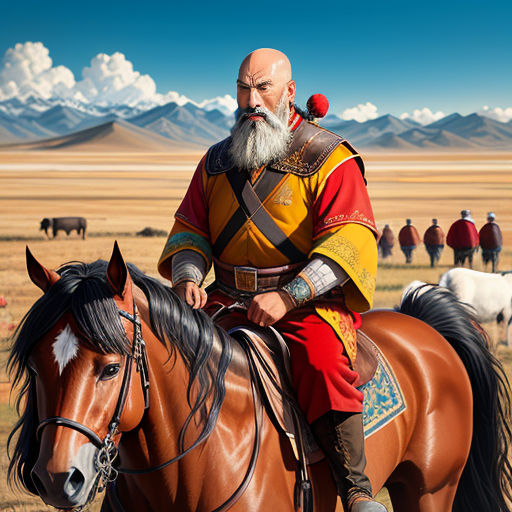
Batu's tale taught the Mongolians about resilience and cross-cultural unity. It further deepened the respect for their ancient past, and the awareness of their unique role.

The Transylvanian's Blade and Batu's curious tale became subjects of Mongolian folklore. It was a turning point in Batu's life, and he relished his new role.

The Mongolians learned about the strength of unity and respect for other cultures. Batu and his tale became an educational pillar in societal norms and values.

Batu's journey nurtured a generation of Mongolians who grew up with his tale. This narrative sparked curiosity and ignited the love for adventure among the youth.

The legend of Batu and the Transylvanian's Blade continued to inspire many. His life became a testament to perseverance, resilience, unity, and the strength of the human spirit.

The tale became a beacon for anyone seeking truth and understanding. Batu's journey and the sword became a tale of hope, strength, and unity.
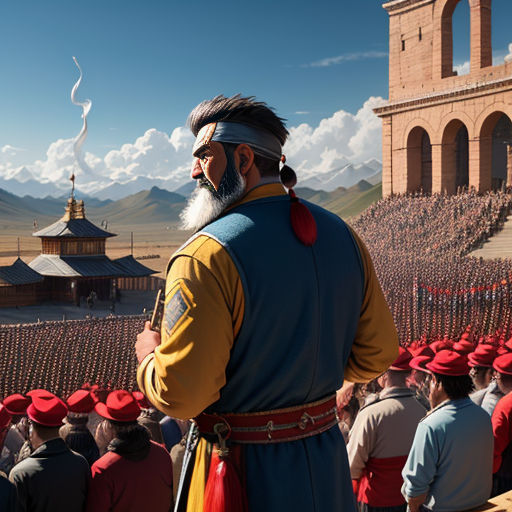
The Mongolians continued to pay respect to the sword and their hero, Batu. They learned about their past, embraced it, and saw the value in learning about other cultures.
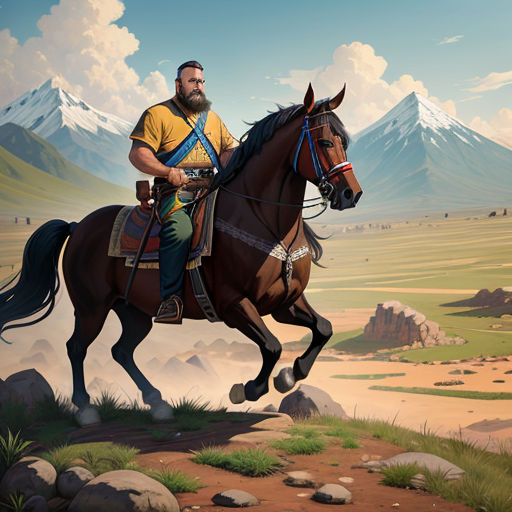
Batu's legacy left an indelible mark on Mongolia and Romania. The two countries' historical bond was rekindled, and cultural exchanges became more common, all thanks to Batu's journey.

The tale continues to inspire and teach. The story of the Mongolian man and the Transylvanian's Blade reminds everyone that sometimes, the journey is more important than the destination.

The story of Batu is a reminder of the power of unity and the importance of understanding one another. His journey was a testament to the resilience of the human spirit.

As for Batu, he continued to live as the guardian of the Transylvanian's Blade. His story, like the blade itself, remains eternally etched in Mongolia and Romania's history.

Each time the tale is retold, echoes of Batu's adventures bring people together. It's a story that transcends time and space—a testament of human resilience and unity.
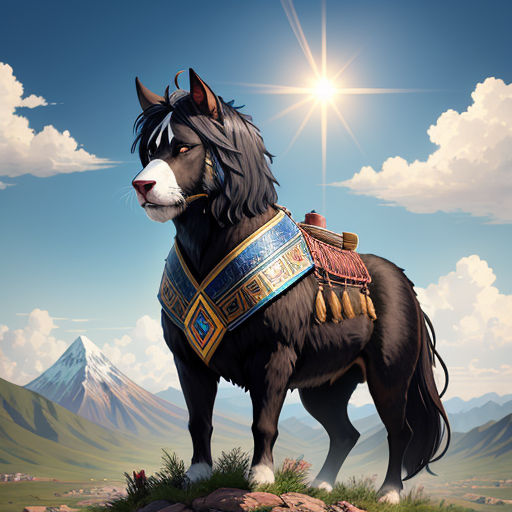
Batu's journey may have been unusual, but it made him an unexpected hero. It nurtured a bond between two distant lands, and continues to inspire generations.

Batu and the ancient sword, now symbols of unity and resilience, continue to be celebrated. It's a tale of courage, a tale of unity—an adventure that tested one's spirit.

Thus, the story of the Mongolian man, an ancient sword, and a journey that bonded two cultures continues. Transcending time, it remains a tale that inspires unity and respects diversity.

And so, the tale persists, a constant reminder of unity and understanding. Batu's journey held a purpose beyond what he initially understood—a purpose that serves as a beacon for us all.

Batu's tale becomes timeless, transcending age and borders. His story, just like the ancient sword he guarded, continues to be a symbol of resilience, unity, and the strength of humanity.

And that is the tale of Batu, the Mongolian man, the Transylvanian's Blade, and the journey that started with an unusual encounter. It's a tale of unity, resilience, and the gift of understanding.

The tale of Batu and his journey with the ancient sword is celebrated to this day. It's a tale that transcends cultures and inspires unity—echoing Batu's journey from Mongolia to Romania.

Batu's journey may have ended, but his legacy lives on. His tale is a testament to the fact that sometimes, the most unusual encounters can lead to the greatest of adventures.